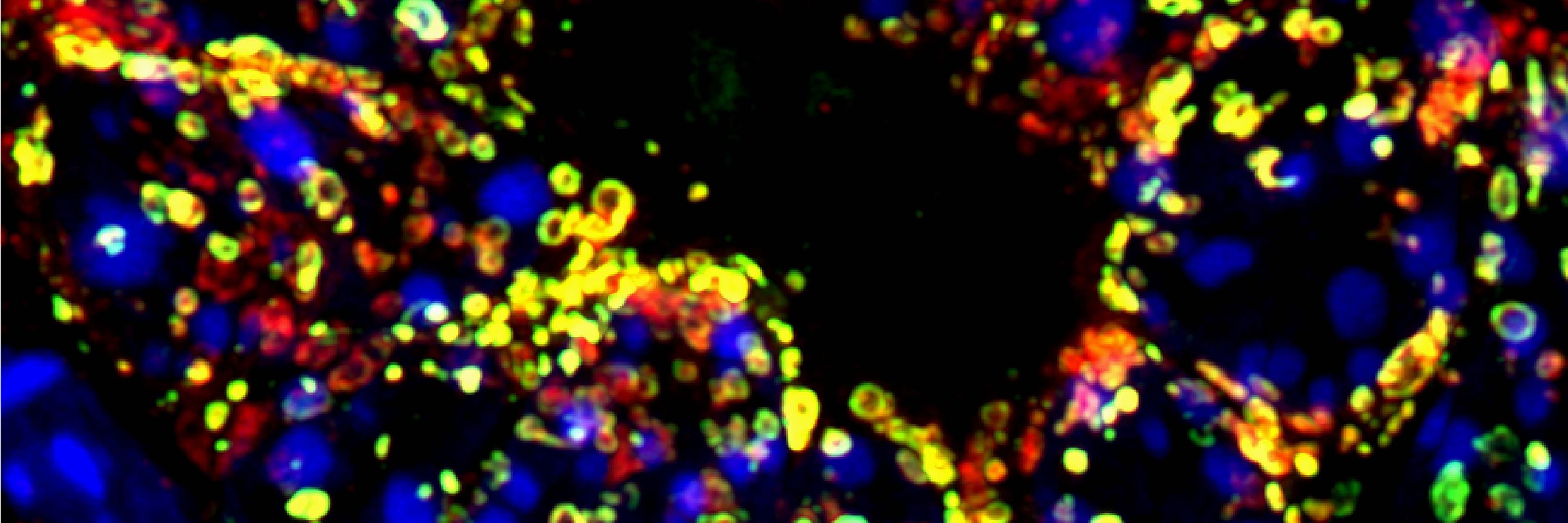
visit us at : rushikapereralab.com
@theaacr.bsky.social, NIH, The Ed Mara Passion to Win Fund and the Belgian American Education Foundation (to G.R), which supported this work.
@theaacr.bsky.social, NIH, The Ed Mara Passion to Win Fund and the Belgian American Education Foundation (to G.R), which supported this work.
Eric Collisson, the German PDAC consortium, Mark Looney, Bruce Wang, Grace Kim, Kwun Wen - and to
@nature.com and the reviewers for their thoughtful review of our study.
Eric Collisson, the German PDAC consortium, Mark Looney, Bruce Wang, Grace Kim, Kwun Wen - and to
@nature.com and the reviewers for their thoughtful review of our study.


